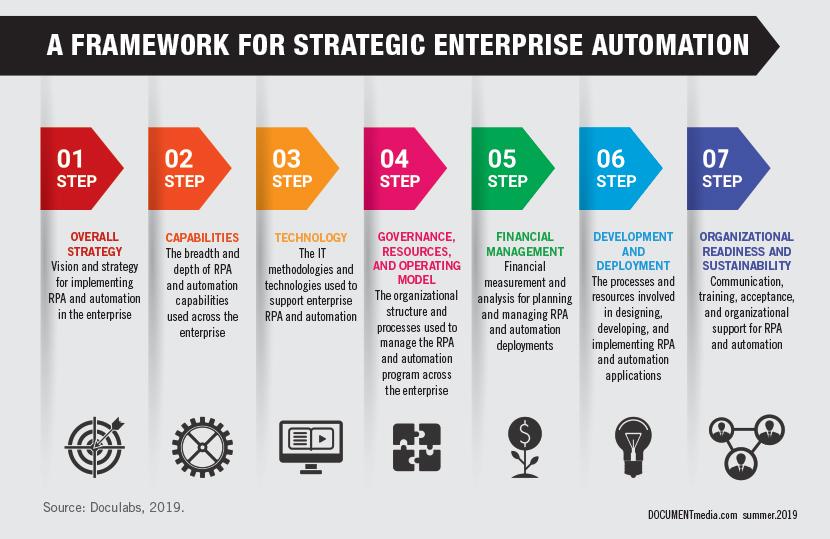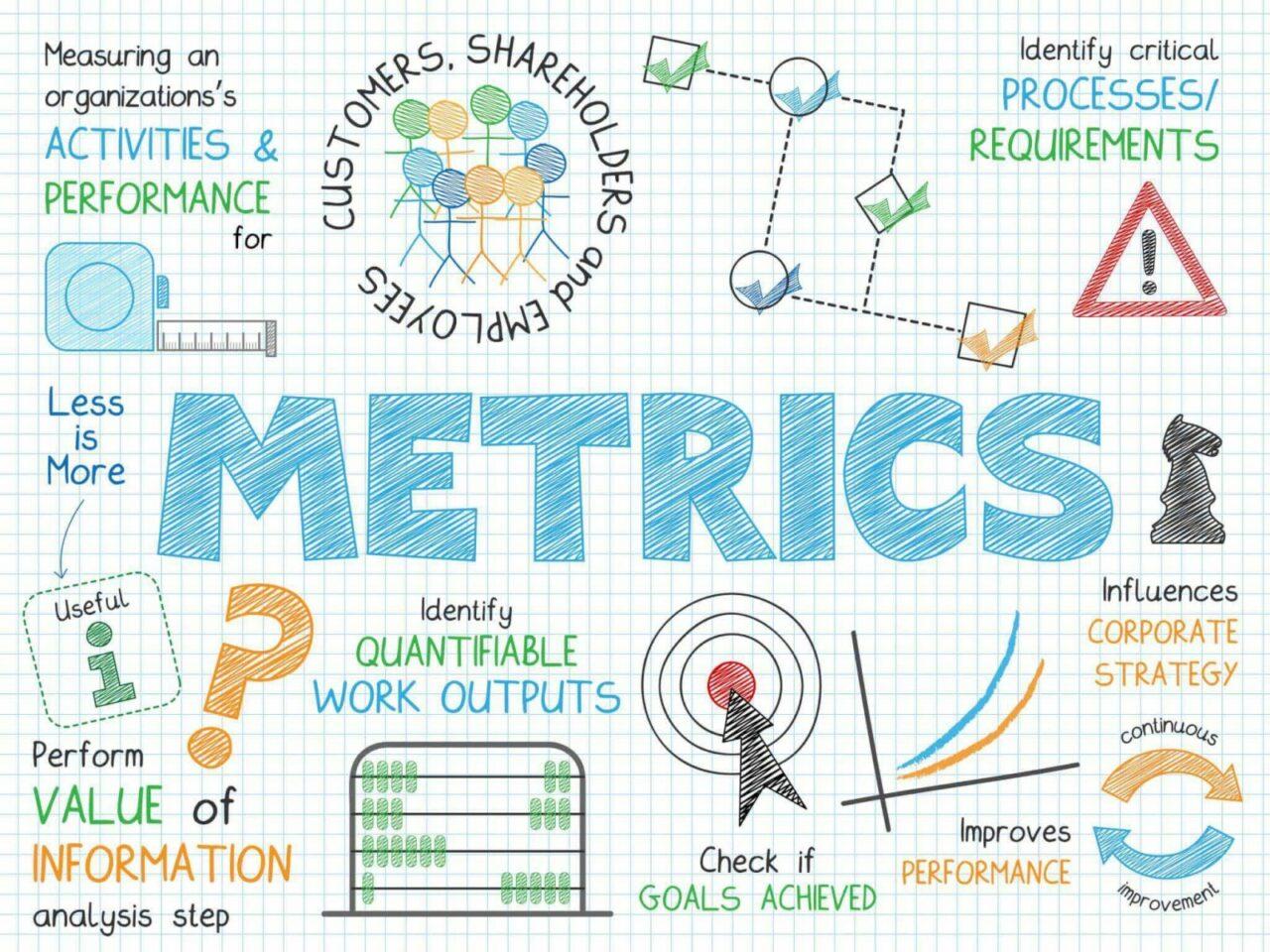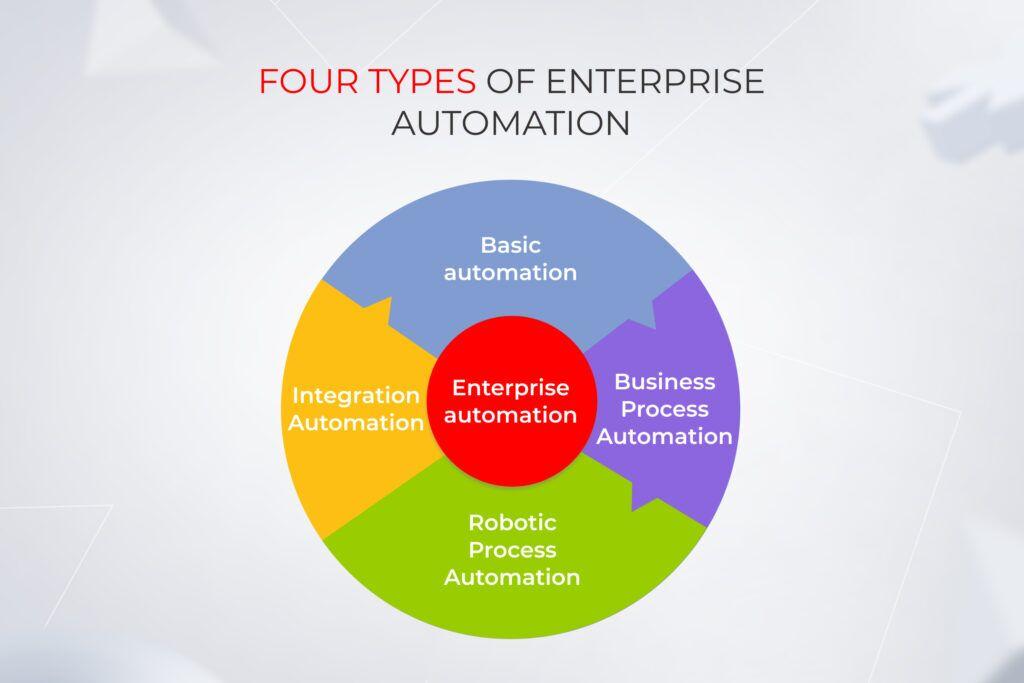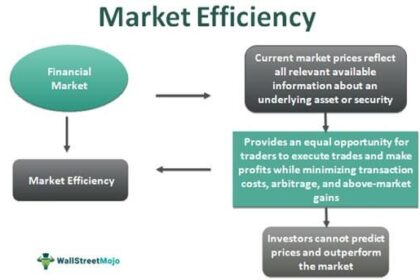In an era where agility and efficiency dictate market leadership, the business landscape is witnessing a profound transformation. Enter the realm of enterprise automation solutions, a burgeoning frontier where cutting-edge technology intertwines with everyday operational processes. As organizations grapple with increasing demands for productivity alongside a tightening labor market, the allure of automation emerges as a beacon of hope. Gone are the days of cumbersome workflows and repetitive tasks; today’s innovative solutions promise not only to streamline operations but also to empower teams to focus on strategic initiatives. This article delves into the rise of enterprise automation, exploring the tools, trends, and technologies that are reshaping how businesses operate and thrive in an ever-evolving marketplace. Join us as we uncover how these solutions are not merely enhancing efficiency but sparking a new era of success for enterprises worldwide.
Exploring the Landscape of Enterprise Automation Solutions
In today’s competitive landscape, organizations are increasingly turning to automation solutions to enhance efficiency and drive innovation. By integrating advanced technologies such as artificial intelligence, machine learning, and robotic process automation (RPA), businesses are streamlining operations and freeing up valuable human resources for higher-level tasks. The benefits are profound, including:
- Improved accuracy: Automation minimizes human errors, ensuring more reliable outputs and better decision-making.
- Cost-effectiveness: Reducing the need for manual intervention leads to significant savings and allows for the optimal allocation of resources.
- Scalability: With automation, companies can easily adjust their operations to meet fluctuating demands without a proportional increase in workload.
As enterprises explore various automation frameworks, it’s essential to understand the diverse range of solutions available. From comprehensive platforms that encompass enterprise-wide integration to specialized tools targeting specific departments, organizations must carefully evaluate their requirements. The following table highlights key automation categories and their respective applications:
| Automation Category | Application Areas |
|---|---|
| Robotic Process Automation (RPA) | Data entry, invoice processing, customer service. |
| AI-Powered Automation | Predictive analytics, personalized marketing, chatbots. |
| Workflow Automation | Project management, approvals, task allocation. |

Key Benefits Driving Adoption Across Industries
Enterprise automation solutions are transforming the landscape across a myriad of industries, delivering significant enhancements that streamline operations and drive growth. One of the most compelling advantages is the increased efficiency these solutions offer. By automating repetitive tasks, organizations can refocus their human resources on higher-value activities, resulting in optimized productivity. This redirection not only promotes employee satisfaction but also accelerates project completion times, allowing businesses to respond to market demands swiftly. Additionally, automation minimizes the risk of human error, leading to more reliable outcomes and consistent quality in deliverables.
Cost reduction is another critical benefit influencing the wide adoption of automation technologies. By leveraging these solutions, companies can achieve substantial savings in operational costs, maintenance, and labor. Data analytics capabilities intertwined with automation tools empower businesses to make informed decisions that further enhance cost-effectiveness. Moreover, the scalability of these solutions means that organizations can adapt quickly to changing conditions without incurring significant overheads. To underline the impact, consider the following table showcasing key statistics related to automation’s benefits across different sectors:
| Industry | Efficiency Increase (%) | Cost Reduction (%) |
|---|---|---|
| Manufacturing | 30 | 20 |
| Healthcare | 25 | 15 |
| Finance | 40 | 25 |
| Retail | 35 | 18 |

Best Practices for Effective Implementation and Integration
To ensure that enterprise automation solutions are implemented effectively, organizations must prioritize comprehensive planning and stakeholder engagement. Assessing current workflows and identifying areas ripe for automation is essential. Engage teams across various departments to gather insights and foster a culture of collaboration. This approach not only aids in understanding the specific needs of different users but also supports buy-in and reduces resistance to change. Additionally, establishing clear goals and KPIs helps measure the impact of automation on operations and ensures alignment with the organization’s strategic objectives.
Moreover, continuous training and support play a crucial role in the successful integration of automation tools. Organizations should invest in training sessions that cater to various skill levels, ensuring everyone is comfortable using the new systems. Furthermore, a feedback loop should be established, allowing users to report challenges and suggest improvements. This iterative process aids in refining the automation strategy, ensuring it evolves alongside the organization’s needs. Consider the following key elements for a strong support framework:
| Key Elements | Description |
|---|---|
| Ongoing Training | Regular workshops and tutorials to enhance user proficiency. |
| Stakeholder Feedback | Regular collection of user input to identify pain points and areas for enhancement. |
| Performance Monitoring | Tracking automation outcomes against established KPIs. |
| Iterative Improvements | Making adjustments based on feedback and performance data to optimize processes. |

Measuring Success: Metrics and Tools for Continuous Improvement
In the pursuit of excellence, organizations are increasingly focusing on specific metrics to evaluate the effectiveness of their automation strategies. Identifying key performance indicators (KPIs) is essential for understanding how well enterprise automation solutions are aligning with business objectives. Common metrics to consider include:
- Time Savings: Measuring the reduction in time taken to complete tasks.
- Cost Efficiency: Evaluating the decrease in operational costs after implementing automation.
- Employee Engagement: Analyzing employee satisfaction and productivity levels post-automation.
- Error Reduction: Monitoring the decrease in defects or errors in automated processes.
To effectively track these metrics, leveraging the right tools is crucial. Modern enterprise solutions often come equipped with built-in analytics dashboards that provide real-time insights. These tools can help organizations visualize their progress and facilitate decision-making processes. Here’s a quick comparison of popular automation analytics tools:
| Tool | Key Features | Best For |
|---|---|---|
| Zapier | Easy integration, task automation | Small to medium businesses |
| Integromat | Complex workflows, visual editor | Tech-savvy users |
| Microsoft Power Automate | Office 365 integration, AI capabilities | Enterprises using Microsoft products |
Wrapping Up
In a world where time is a precious commodity and efficiency the key to competitive advantage, the rise of enterprise automation solutions marks a pivotal shift in how organizations operate. As businesses continue to evolve, embracing the capabilities of automation not only streamlines processes but also fosters an environment that cultivates innovation and growth. The journey to automation is not without its challenges, but the rewards—enhanced productivity, improved accuracy, and the liberation of valuable human resources—are undeniable.
As we stand on the brink of this technological revolution, it becomes clear that those who choose to adapt will not only thrive but also set the standard for future endeavors. The question is no longer whether to automate but how to integrate these solutions effectively within the unique fabric of an enterprise. As organizations explore the myriad of possibilities that lie ahead, one thing remains certain: the path to success will be paved with automation, propelling us toward a future where potential is realized and opportunities are unlimited. Let us embrace this transformative wave and navigate the uncharted waters of enterprise automation, together.



